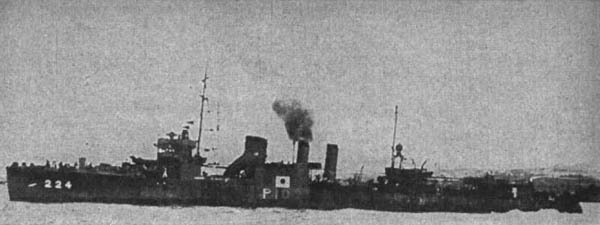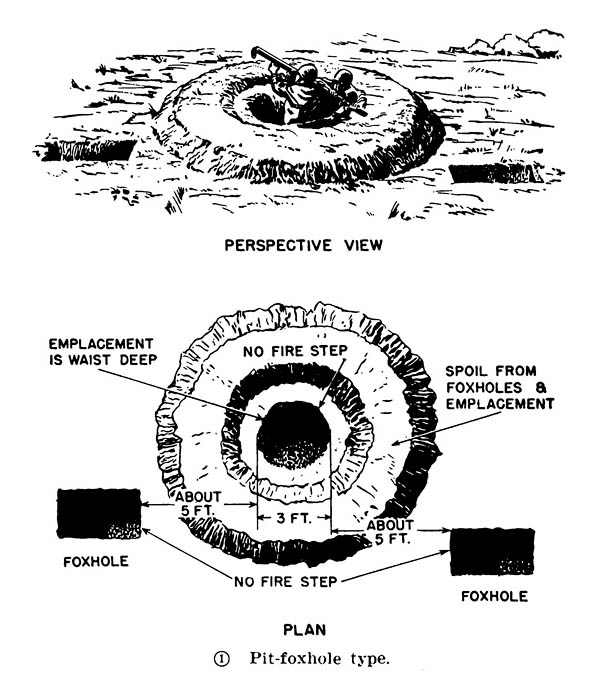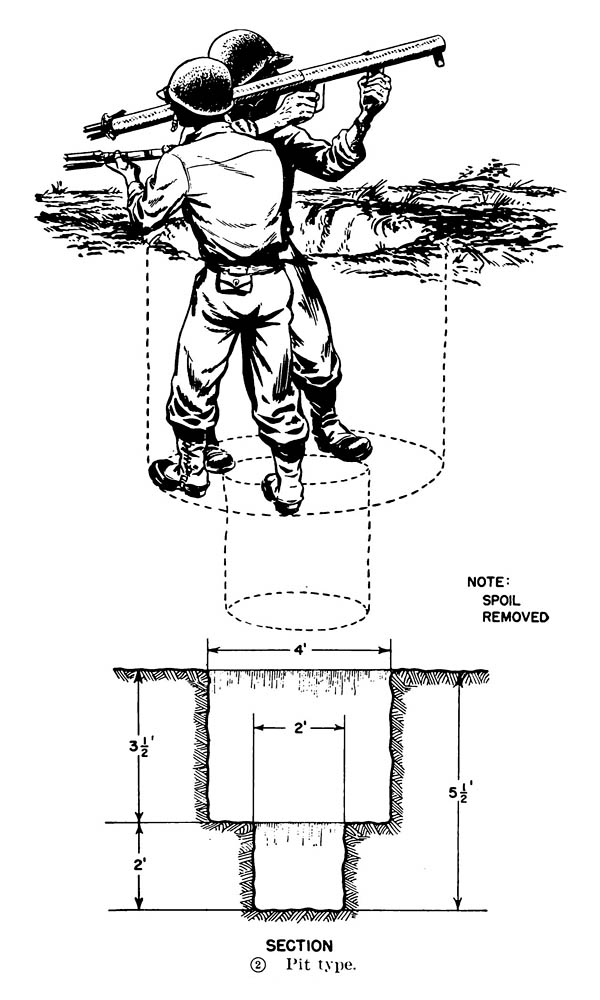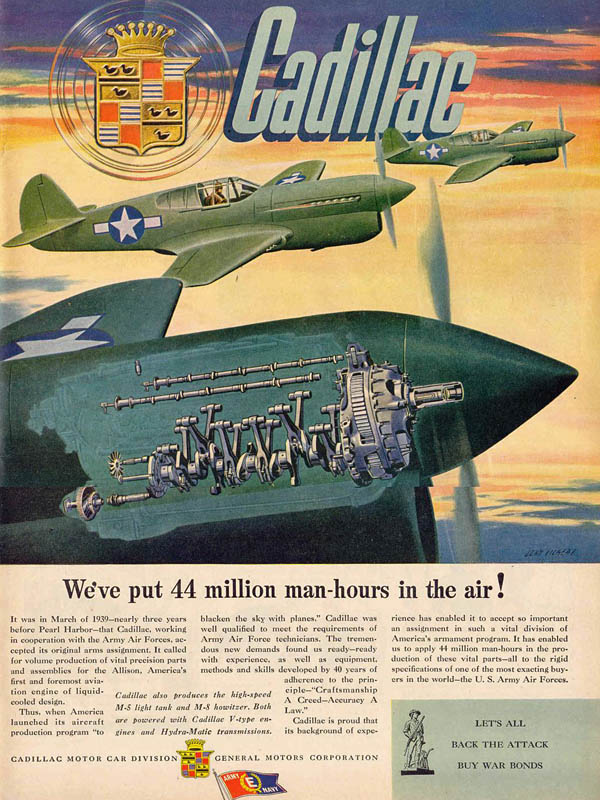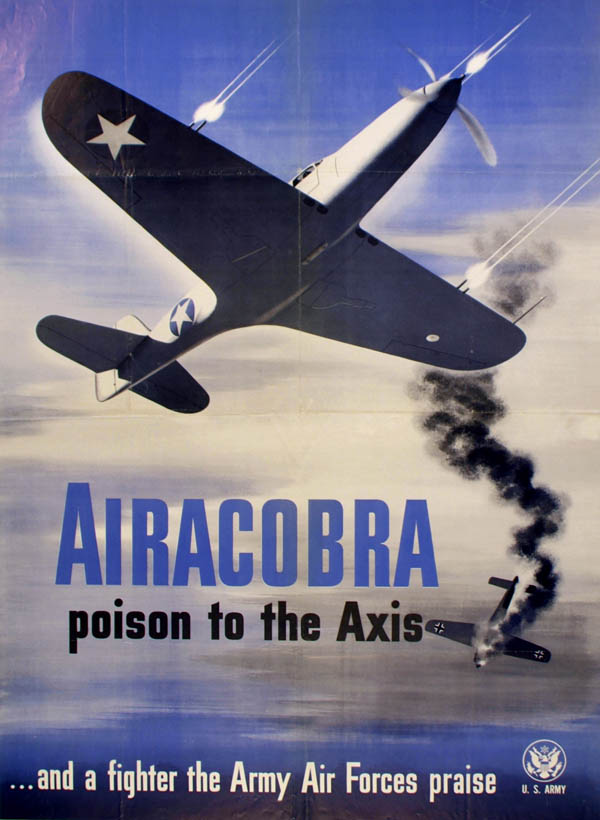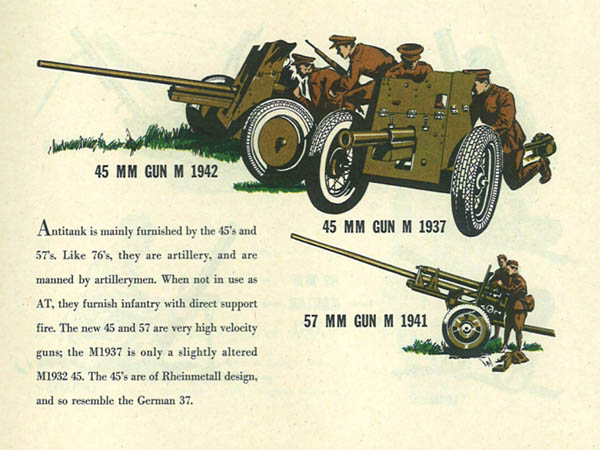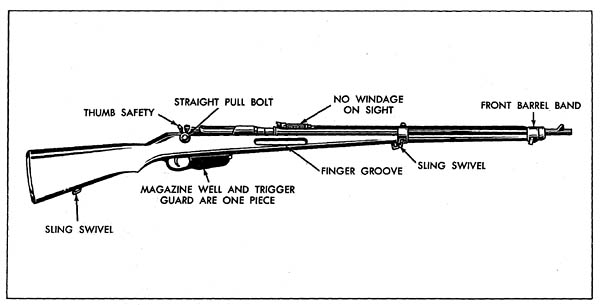UNDER TWO FLAGS: THE STEWART
She served the U.S. Navy for 21 years–only to be captured by the Japanese and used against us in World War II.
She started around the world in 1921–and completed the circuit only last month.
Her name belongs to another ship–but she got her hull numbers back at least, and once again flies a U.S. commission pennant.
After service with the Japanese, the USS DD 224 returned to San Francisco, under tow, after completing round-the-world tour started in 1921.
That’s the story of the former USS Stewart, the 1,000-ton, four-pipe DD 224 (not to be confused with USS Stewart, DE 238, which now bears her name). The “RAMP 224” as her crew calls her, the letters designate “recovered allied military personnel,” reached San Francisco last month in tow. She’ll be on exhibit for awhile and then will be scrapped.
The old Stewart was built in Philadelphia in 1920 and joined the Asiatic Fleet via Suez the next year. She stayed there until World War II, then saw duty with such famous old fighters as the Marblehead during the discouraging days of early 1942. Damaged in a night attack on Jap shipping in Bandoeng Strait, Dutch East Indies, she went into drydock at Surabaya. The dock was not equipped for the four-pipe hull, the ship slipped off her keel-blocks and crashed over on her side. Demolition charges and a Jap bomb, plus scuttling of the dry dock finished her off–or so it was thought. Surabaya fell to the Japs.
Then reports began coming in from far-ranging U. S. patrol fliers who said they’d spotted an American ship deep in Jap-held waters. It was the old Stewart doing a tour of duty for the Mikado. Her two forward stacks had been combined into one raking funnel and a tripod replaced the former pole foremast. But it takes more than that to disguise four-piper lines.
It’s doubtful the Japs got much use out of the Stewart. She’d been used to U.S. Navy pampering and couldn’t take the neglect the Japs dished out, perhaps as a matter of habit or possibly because they just didn’t understand four-pipers. At any rate she was in sorry shape when we found her in Kure Naval Base. An American prize crew of 60 men and three officers went aboard to bring her home and a recommissioning ceremony at Hiro Wan 29 Oct 1945 was conducted by Vice Admiral J. B. Oldendorf, USN, ComBatRon1. She headed for Guam under her own power but 45 months of Jap misuse began to tell. The fuel pumps gave out and refused repair, so she was taken in tow by USS Wesson (DE 184) 50 miles short of Guam. She rode the end of a tow line into San Francisco.
Her executive officer on the long voyage home was Lt. (jg) G. T. Burns, USN, who was a first class machinist’s mate aboard the Stewart when she was abandoned at Surabaya.
Source: All Hands, U.S. Navy, April 1946.

